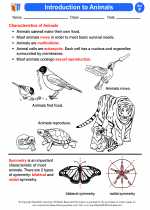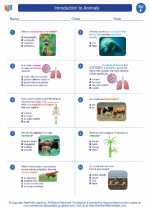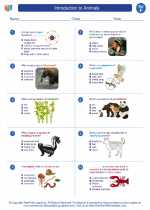Architecture
Architecture is the art and science of designing and constructing buildings and other physical structures. It is a field that combines creativity, engineering, and technology to create functional and aesthetically pleasing spaces for people to live, work, and play.
Key Concepts
- Design Principles: Architecture relies on principles such as balance, symmetry, rhythm, and proportion to create harmonious and visually appealing structures.
- Architectural Styles: Different cultures and time periods have produced unique architectural styles, such as Gothic, Baroque, Art Deco, and Modernist.
- Structural Engineering: Architects work with engineers to ensure that buildings are structurally sound and can withstand various environmental conditions.
- Sustainable Design: With a growing emphasis on environmental conservation, architects are increasingly incorporating sustainable materials and practices into their designs.
- Urban Planning: Architecture plays a key role in shaping the layout and function of cities, including considerations for transportation, public spaces, and community needs.
Study Guide
- What are the key principles that architecture relies on for creating harmonious structures?
- Discuss the characteristics and influences of at least three different architectural styles.
- Explain the collaboration between architects and structural engineers in ensuring the safety and stability of buildings.
- How does sustainable design contribute to the environmental impact of architectural projects?
- What role does architecture play in urban planning and the development of cities?
[Architecture] Related Worksheets and Study Guides:
.◂Science Worksheets and Study Guides Sixth Grade. Introduction to Animals
Study Guide Introduction to Animals
Introduction to Animals  Activity Lesson
Activity Lesson Introduction to Animals
Introduction to Animals  Worksheet/Answer key
Worksheet/Answer key Introduction to Animals
Introduction to Animals  Worksheet/Answer key
Worksheet/Answer key Introduction to Animals
Introduction to Animals  Worksheet/Answer key
Worksheet/Answer key Introduction to Animals
Introduction to Animals  Vocabulary/Answer key
Vocabulary/Answer key Introduction to Animals
Introduction to Animals  Vocabulary/Answer key
Vocabulary/Answer key Introduction to Animals
Introduction to Animals  Vocabulary/Answer key
Vocabulary/Answer key Introduction to Animals
Introduction to Animals  Vocabulary/Answer key
Vocabulary/Answer key Introduction to Animals
Introduction to Animals 

 Activity Lesson
Activity Lesson
 Worksheet/Answer key
Worksheet/Answer key
 Worksheet/Answer key
Worksheet/Answer key
 Worksheet/Answer key
Worksheet/Answer key
 Vocabulary/Answer key
Vocabulary/Answer key
 Vocabulary/Answer key
Vocabulary/Answer key
 Vocabulary/Answer key
Vocabulary/Answer key
 Vocabulary/Answer key
Vocabulary/Answer key

The resources above cover the following skills:
LIFE SCIENCE
From Molecules to Organisms: Structures and Processes